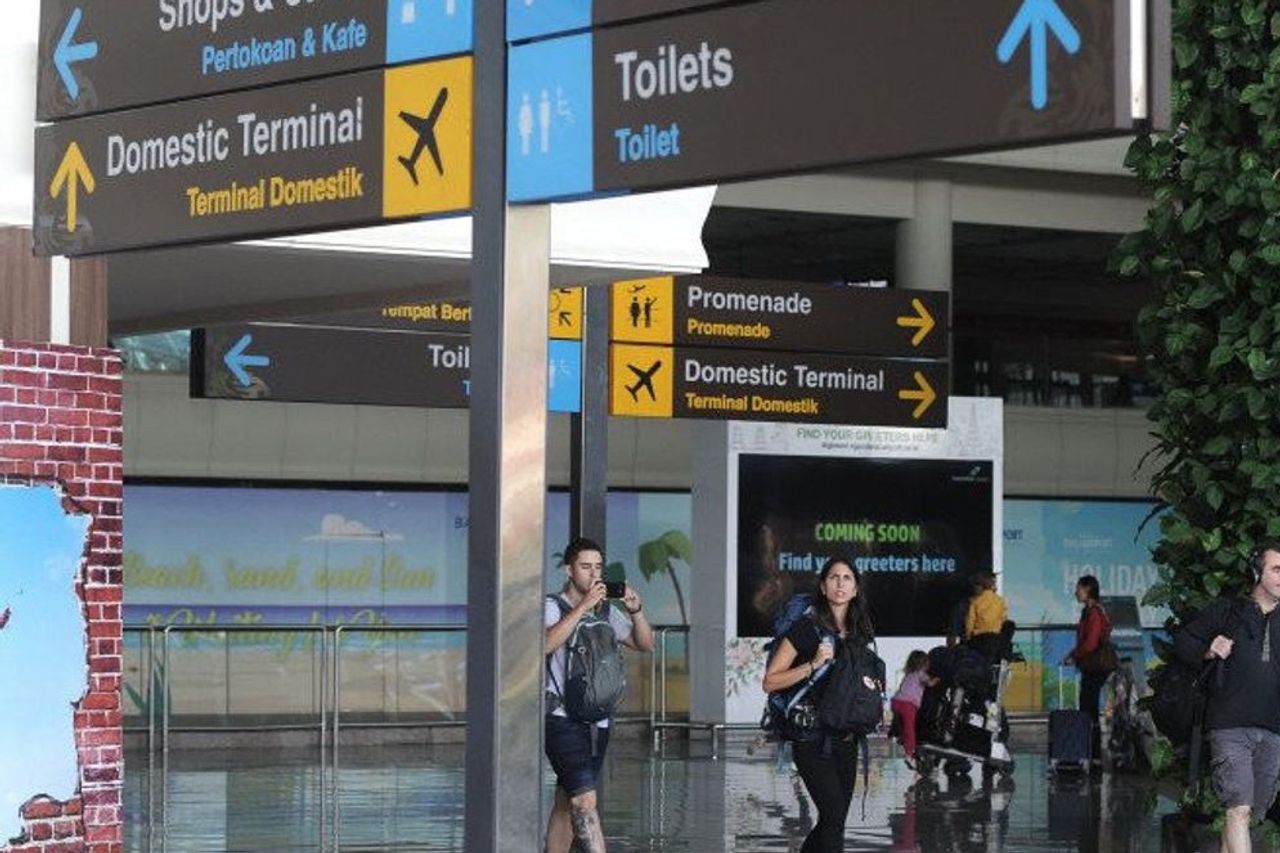Preparing Electricity In Bali For International Travelers

JAKARTA - The government has decided to reopen the tourism sector of the island of Bali for foreign tourists. This is done to encourage the recovery of social and economic activities. PT General Energy Bali (GEB) takes a role in fulfilling the electricity supply for the Island of the Gods.
"There is an increase in electricity demand as the COVID-19 pandemic becomes more conducive in Indonesia, especially in Bali," said PLN Dispatch Coordinator PT GEB Helmy Rosadi. Since the beginning of the pandemic in 2019, there has been a drastic reduction in the electricity load on the Island of the Gods, from the highest peak load of 980 megawatts to 510 megawatts.
"With the increasingly conducive situation of the COVID-19 Pandemic with the implementation of very efficient Community Activity Restrictions (PPKM) policies, especially on the Island of the Gods, the economy and tourism slowly began to rise and several tourist destinations began to reopen with strict health protocols. The electricity load on the Island of the Gods began to slowly rise. As of today, the night peak load of the Bali subsystem is 685 megawatts. It will continue to rise as this pandemic is getting more under control," Helmy told VOI, Friday, October 15.
This increase in load will be accompanied by an increase in the need for electrical energy sources in the Bali subsystem. It is known that currently the electricity supply in the Bali subsystem still relies on non-fuel generators, such as coal, LNG (liquid natural gas), and SKLT (high voltage submarine cable lines), where the Celukan Bawang PLTU contributed 380 megawatts or around 55.47% contribution. LNG/GAS at PT Indonesia Power (IP) Pesanggaran 167 megawatts and power supply via submarine cable 340 megawatts (maximum).
However, this condition is very dynamic. And if it is necessary if there is a disruption or maintenance of the power plant at Electric steam power plant (PLTU) or PT IP and there is a limited supply of submarine cables, the Bali subsystem must be supplied by the fuel generator (HSD/MFO) owned by PT Indonesia Power," said Helmy.
Helmy added, PT GEB in the seventh year of the power purchase agreement (PPA) contract will continue to maintain an efficient and reliable electricity supply, according to the Jamali 2020 Grid Code. In the future, PT GEB's contribution will continue to exist, in line with the plan to develop the Celukan Bawang 2 PLTGU. Currently, still waiting for a decision from the central government.
Referring to the latest RUPTL (Electricity Supply Business Plan), the addition of power plants in the Bali subsystem is planned to be sourced from the construction of the 500 kilovolt Java Bali Crossing (JBC) project, as well as several Solar Power Plants (PLTS), spread across several areas on the Island of the Gods.
"In accordance with the configuration of the Bali subsystem, that the load center is in the south of the island of Bali, so it is more efficient if there is a new energy source in the south. However, if there is still a need for the Celukan Bawang 2 Gas and Steam Power Plant (PLTGU) in North Bali, it can be adjusted by adding the High Voltage Air Line (SUTT) transmission," said Helmy.
"The future contribution plan is actually going back to PLN and the central government (Ministry of Energy and Mineral Resources) regarding the development of the Celukan Bawang 2 PLTGU, we have prepared a plan for the construction of the Celukan Bawang 2 PLTGU if it is needed and permitted by the central government. Gas fuel is in accordance with the mandate of the Bali Provincial Government," said Helmy.
SEE ALSO:
Bali tourism opening
After domestic tourists, now the doors of Bali are open to foreign tourists. Foreign tourists will be allowed to travel on the island of Bali by complying with applicable regulations, namely related to the implementation of health protocols, vaccination status, and quarantine provisions.
Expert Staff for Crisis Management at the Ministry of Tourism and Creative Economy, Henky Manurung, stated that a simulation of the arrival of the plane, reception at the airport, the quarantine process, and other procedures had been carried out according to the health protocol.
“The vaccination rate in Bali is also high at 99 percent for the first dose and almost 90 percent for the second dose. "Bali is ready to accept foreign tourists (tourists) back with procedures that have been developed with the central and regional governments," he said, quoted on the website of the COVID-19 Task Force.
Deputy Governor of Bali Tjokorda Oka Artha Ardana Sukawati or Cok Ace welcomed the event. According to him, tourism is the locomotive of Bali's economy. So the opening of Bali became the attention of many parties. Therefore, preparation must be thorough and thorough.
Cok Ace explained that 35 quarantine hotels were ready. In addition there are 55 other hotels that volunteered. Quarantine hotels are required to have a CHSE (cleanliness, health, safety, environment sustainability) certificate.
CHSE is the process of granting certificates to tourism businesses, tourism destinations, and other tourism products to guarantee tourists the implementation of cleanliness, health, safety, and environmental sustainability.
For areas that can be visited by tourists, Cok Ace explained that previously there were three green zones as pilot projects in Bali: Ubud, Nusa Dua, and Sanur. However, currently, areas with safe conditions in Bali are expanding, namely almost all of Bali with complete vaccinations, good community response, accompanied by the application of PeduliLindungi app and CHSE standardization.
"We hope to provide wider space for foreign tourists who have completed the five-day quarantine," said Cok Ace.
